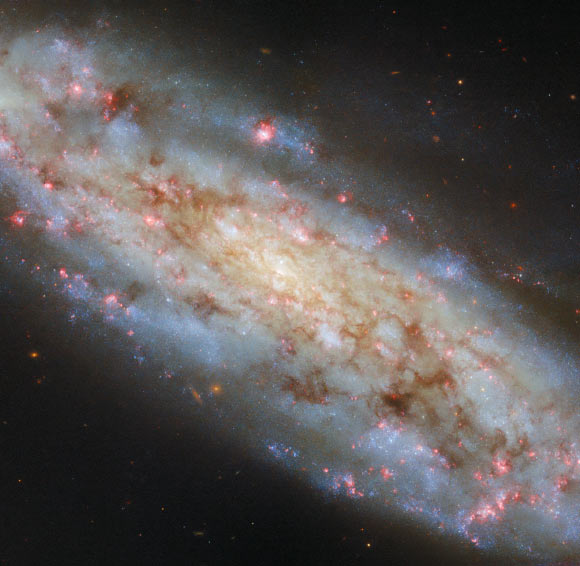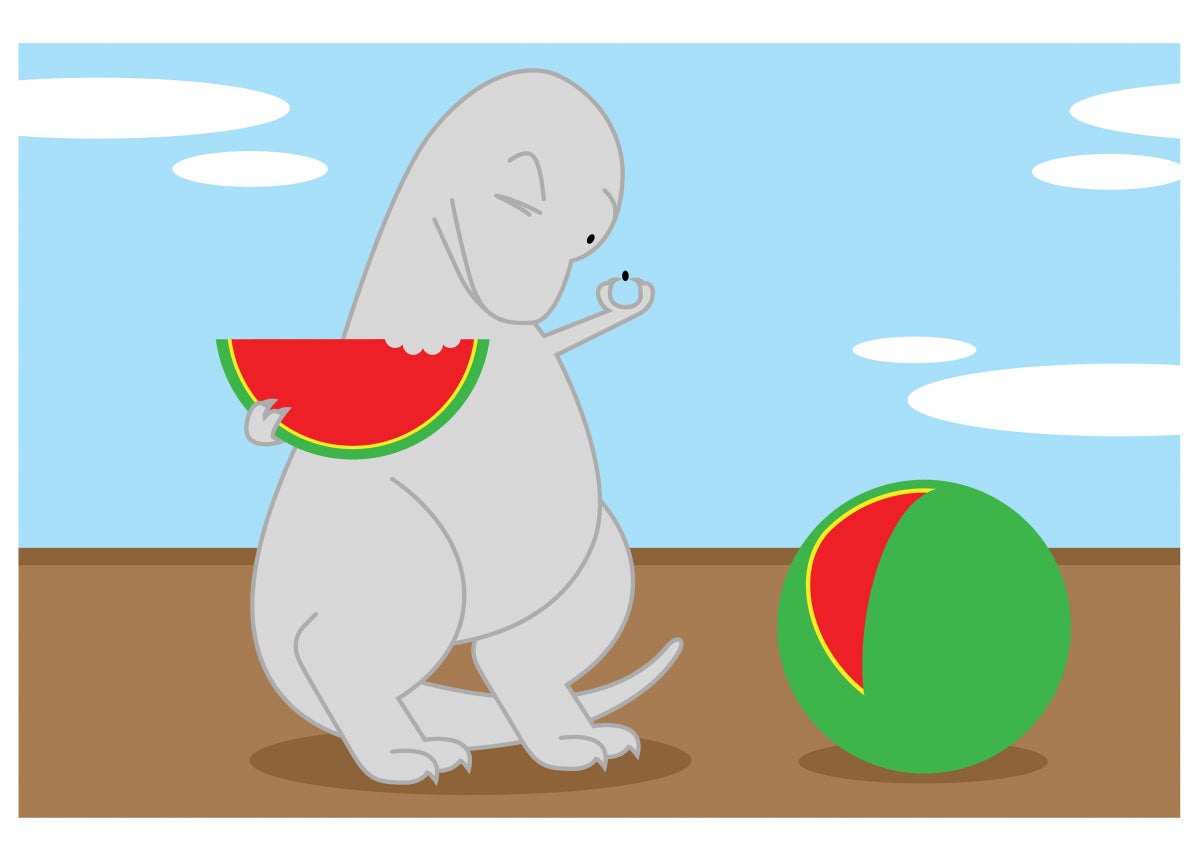The Hubble team has produced a spectacular new image of the intermediate spiral galaxy NGC 3511.
This Hubble image shows NGC 3511, an intermediate spiral galaxy some 43 million light-years away in the constellation of Crater. Image credit: NASA / ESA / Hubble / D. Thilker.
NGC 3511 is located about 43 million light-years away from Earth in the constellation of Crater.
Otherwise known as ESO 502-13, LEDA 33385, IRAS 11009-2248 or UGCA 223, this spiral galaxy has a diameter of 107,000 light-years.
NGC 3511 was discovered by the German-British astronomer William Herschel on December 21, 1786.
The galaxy is a member of the NGC 3511 group, a small group of galaxies that also includes NGC 3513 and ESO 502-024.
“From Hubble’s vantage point in orbit around Earth, NGC 3511 is tilted by about 70 degrees, intermediate between face-on galaxies that display picture-perfect spiral arms and edge-on galaxies that reveal only their dense, flattened disks,” the Hubble astronomers said in a statement.
The color image of NGC 3511 was made from separate exposures taken in the ultraviolet, visible and near-infrared regions of the spectrum with Hubble’s Wide Field Camera 3 (WFC3).
Six filters were used to sample various wavelengths. The color results from assigning different hues to each monochromatic image associated with an individual filter.
“We are studying NGC 3511 as part of a survey of the star formation cycle in nearby galaxies,” the astronomers said.
“For this observing program, Hubble will record the appearance of 55 local galaxies using five filters that allow in different wavelengths, or colors, of light.”
“One of these filters allows only a specific wavelength of red light to pass through.”
“Giant clouds of hydrogen gas glow in this red color when energized by ultraviolet light from hot young stars.”
“As this image shows, NGC 3511 contains many of these bright red gas clouds, some of which are curled around clusters of brilliant blue stars.”
“Hubble will help us catalogue and measure the ages of these stars, which are typically less than a few million years old and several times more massive than the Sun.”

























